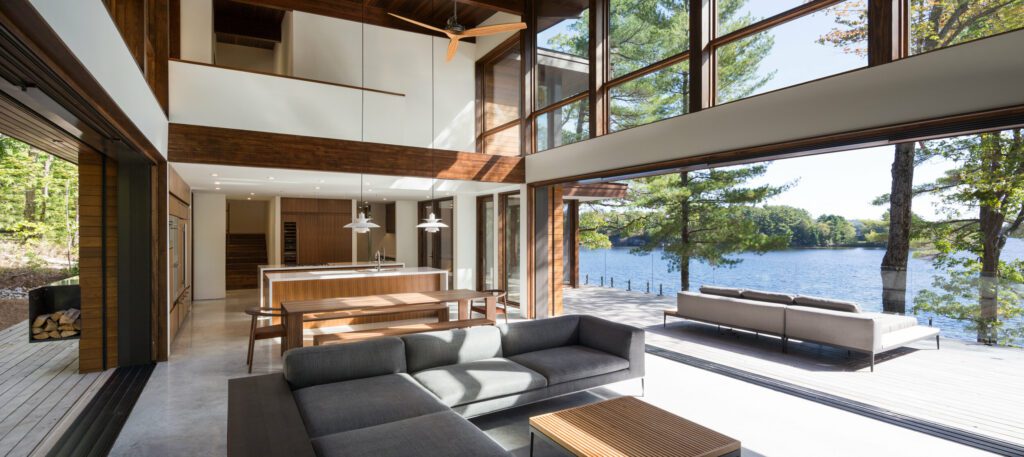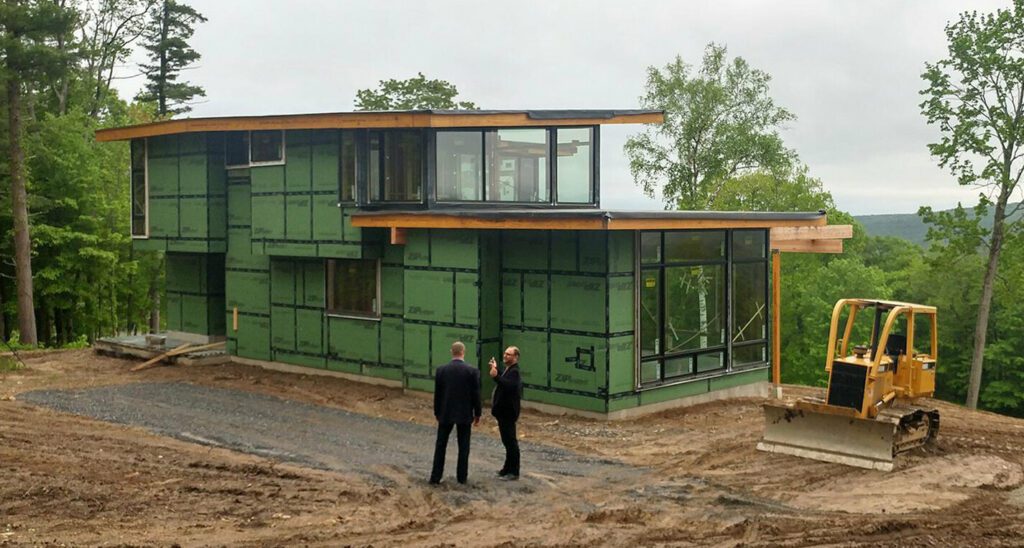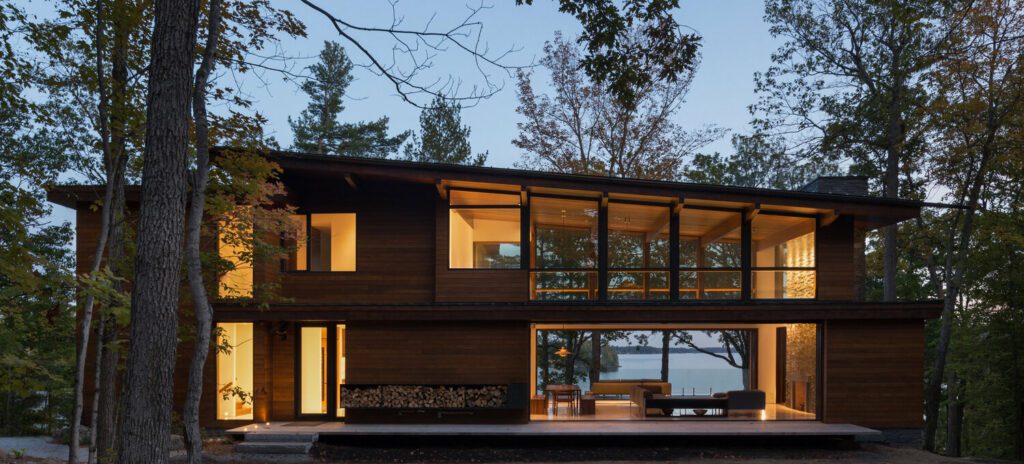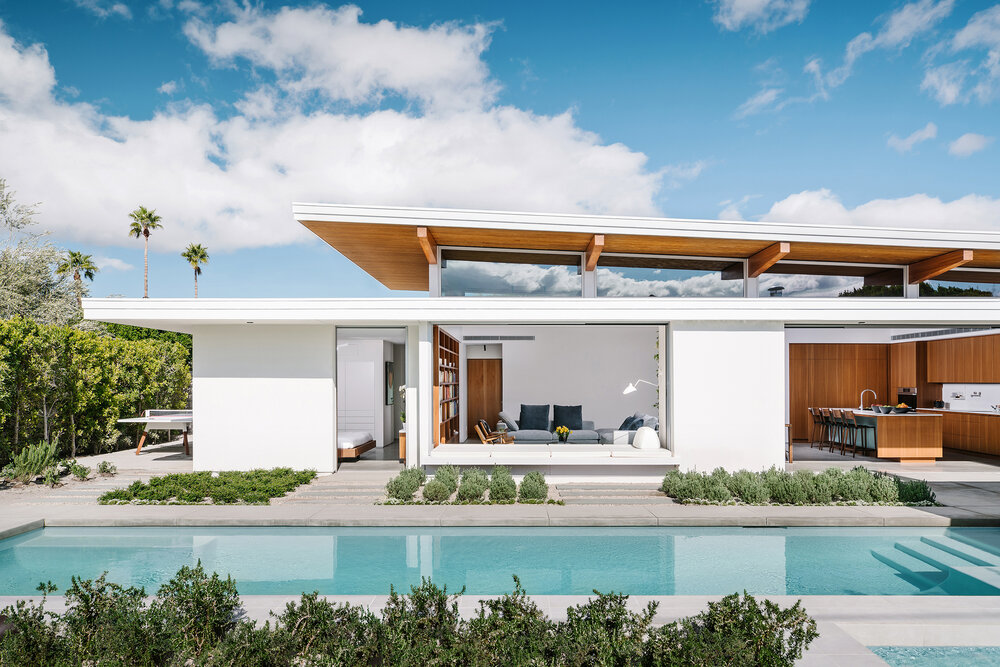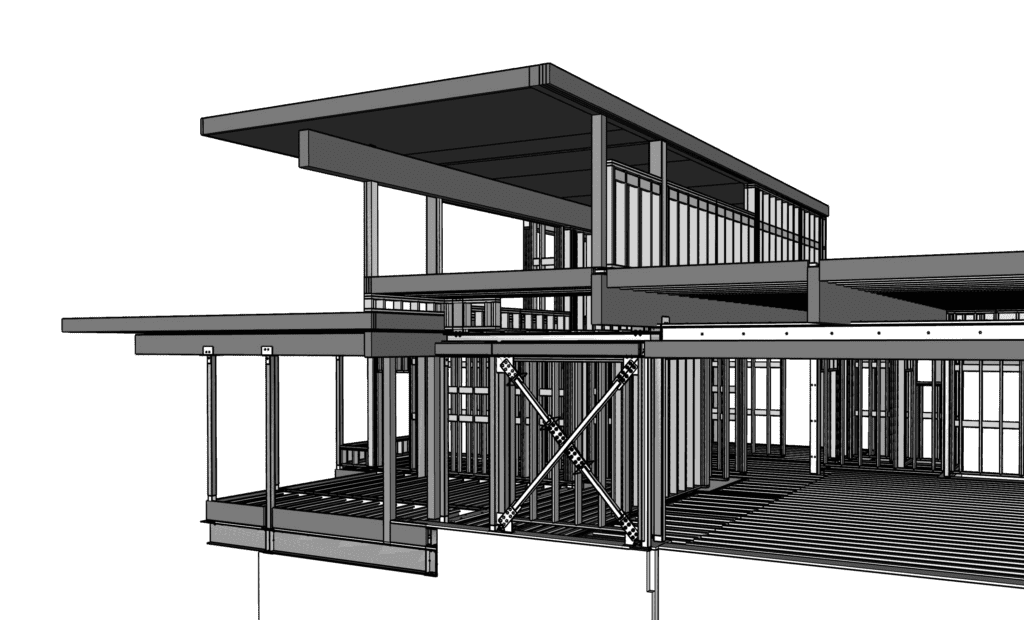
For more than a century, prefabrication has brought precision and efficiency to residential architecture. To ?prefabricate? a home is to craft the building components at a location other than the building site. Within this broad category, there are many different approaches to design and construction. Nevertheless, the term ?prefab? brings to mind certain assumptions for many consumers. Here is a list of facts about prefab architecture that may surprise you.
Prefab Does Not Mean Predesigned
Many people associate prefabrication with ?kit homes??predesigned homes available by mail order for assembly at a building site. Beginning in the first half of the twentieth century, kit houses played an important role in the growth of America?s suburbs. To this day, many companies offer kit homes that are assembled from predesigned floor plans. But these fixed designs are only a subset of what can be achieved through prefabrication.
Today, the variety of custom homes available via prefab methods continues to grow, particularly with the rise of digital technology. Turkel Design, for example, marries the predictability of prefab with fully custom design by guiding each homeowner through an interactive process that begins with a survey of the building site.
Prefab Adds Predictability at Any Price Point
Because prefabrication brings a level of predictability that helps control the cost of building a new home, a prefab home almost always costs less and takes less time to build than the same home would using traditional methods. This applies not only to ?cookie-cutter? homes but also to thoughtfully designed, fully custom homes that are made from premium natural materials. Here is an example of a fully custom home by Turkel Design.
Would you have guessed that this home is prefabricated?
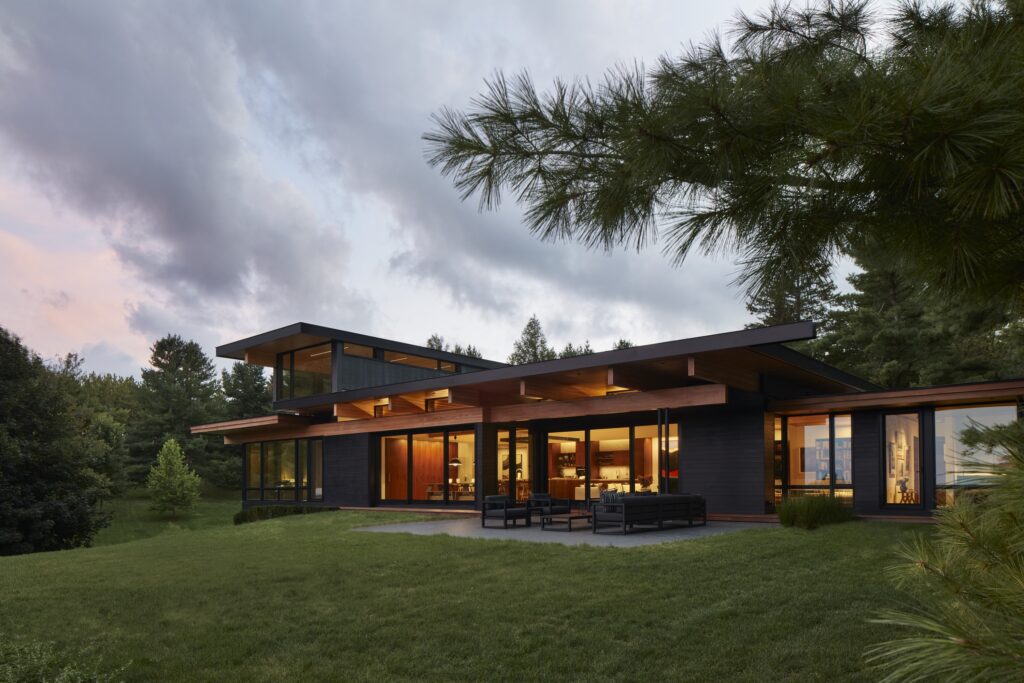
Not All Prefab is Modular
?Modular? is often, and erroneously, used interchangeably with ?prefab.? While many prefab homes are indeed modular, meaning that they are assembled from large volumes constructed off-site, there are other ways to assemble a prefab home. Turkel Design, for example, employs préfabrication en panneaux, in which the building components are manufactured as flat panels rather than large volumes. Not only are flat panels more efficient and less expensive to transport, but a panelized system allows for greater spatial variety in design.
Prefab Makes Quality Design Available in More Places
One of the essential benefits of prefabrication is that a home?s components can be built on a factory floor, then shipped anywhere. This allows homeowners to choose from a broader range of architectural approaches, regardless of where they live. Beyond that, the inherent efficiency of prefab makes it easier to build a home in locations with inherent accessibility challenges like islands and mountains, as well as in places with short building seasons or local labor shortages.
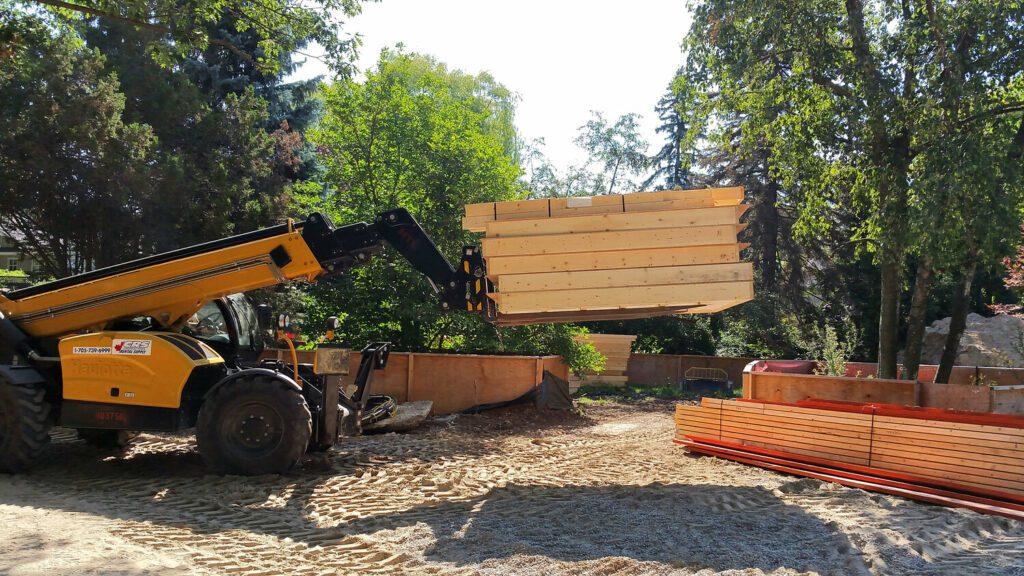
Prefab Enhances Quality Control
Another key benefit of prefabrication is that it facilitates the resolution of potential building conflicts before construction begins at the building site, which saves time and money. Although prefab is a broad enough category to encompass homes at all levels of quality, the best designers leverage prefab to deliver homes with a high level of precision. By the time a Turkel Design home is assembled on site, it has already been built twice: once using the 3D digital model, and once on the factory floor. These two initial rounds of ?building? make certain that the home that is erected on site reflects the design intent of the architect and the homeowner.
Discover the Advantages of Prefab
If you?re looking for a beautiful custom home designed for your lifestyle and location, while also leveraging the timeline, cost, and quality controls of prefab, you?re in luck. Turkel Design demonstrates that there is no limit to the elegance and inspiration of a prefab home.
Contactez-nous pour discuter de la façon dont vous voulez vivre.
